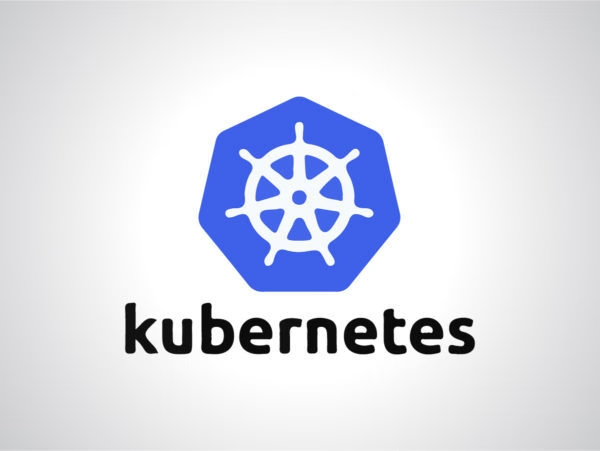Introduction: Why Look Beyond Kubernetes?
Kubernetes is the undisputed king of container orchestration. It powers some of the world’s largest platforms—but it’s not always the best fit, especially for lightweight, small-scale, or edge deployments.
For many startups, small teams, and resource-limited environments, Kubernetes can feel like using a sledgehammer to crack a nut. It’s complex, resource-heavy, and often overkill for simpler workloads.
This is where Kubernetes alternatives come into play — offering easier, faster, and more lightweight solutions for cloud-native application deployment.
Why Kubernetes Might Not Be Ideal for Lightweight Deployments
While powerful, Kubernetes comes with some serious challenges for small setups:
- ⛔ High resource usage (RAM, CPU)
- ⛔ Steep learning curve
- ⛔ Complex setup and management
- ⛔ Not ideal for single-node or edge deployments
- ⛔ Costly to operate for small workloads
If your deployment doesn’t need dynamic scaling across clusters or advanced orchestration features, lighter alternatives can save you time, money, and headaches.
Best Kubernetes Alternatives for Lightweight Deployments
Here are the top alternatives to Kubernetes tailored for minimalistic and efficient cloud deployments:
1. Docker Swarm
Best for: Teams already using Docker who want simple orchestration.
Overview:
Docker Swarm is Docker’s native orchestration tool that allows you to deploy and manage a cluster of Docker nodes with minimal configuration.
Key Features:
- Easy to set up and use
- Tight Docker CLI integration
- Native load balancing
- Lightweight and fast
Pros:
✅ Simpler than Kubernetes
✅ Works seamlessly with existing Docker setups
✅ Great for smaller teams
Cons:
❌ Limited compared to Kubernetes in scalability and flexibility
❌ Less community support
2. Nomad by HashiCorp
Best for: Multi-environment orchestration (VMs + containers)
Overview:
Nomad is a flexible, single-binary orchestrator that supports containers, VMs, Java apps, and more. It’s ideal for companies seeking simplicity with enterprise-grade features.
Key Features:
- Single binary deployment
- Supports both containers and non-containerized apps
- Integrates with Consul and Vault for service discovery and secrets
Pros:
✅ Lightweight, easy to deploy
✅ Multi-cloud and hybrid support
✅ Great performance on low-resource nodes
Cons:
❌ Not as feature-rich in networking as Kubernetes
❌ Smaller ecosystem
3. K3s by SUSE (formerly Rancher Labs)
Best for: Edge and IoT environments needing Kubernetes compatibility.
Overview:
K3s is a lightweight, fully compliant Kubernetes distribution optimized for low-resource environments like ARM devices, edge computing, and single-node clusters.
Key Features:
- <100MB binary
- Embedded SQLite (no etcd by default)
- ARM64/ARMv7 support
- Simplified architecture
Pros:
✅ Full Kubernetes API compatibility
✅ Extremely resource-efficient
✅ Perfect for development, edge, or CI/CD pipelines
Cons:
❌ Still inherits some Kubernetes complexity
❌ Not ideal for massive-scale clusters
4. MicroK8s by Canonical
Best for: Developers and teams looking for quick Kubernetes prototyping.
Overview:
MicroK8s is a snap-based, minimal Kubernetes distribution made for desktops, edge, and IoT. It’s ideal for local development or lightweight production setups.
Key Features:
- One-command install
- Auto-updating via Snap
- Built-in add-ons like Istio, Prometheus, and Knative
Pros:
✅ Runs on a single node
✅ Developer-friendly
✅ Official Kubernetes conformant
Cons:
❌ Limited multi-node production usage
❌ Snap dependency can be restrictive on non-Ubuntu systems
5. Fly.io
Best for: Serverless-style app deployments with global distribution.
Overview:
Fly.io allows you to deploy Dockerized apps close to your users globally—without managing infrastructure or orchestration tools.
Key Features:
- Automatic global deployment
- Minimal setup
- Built-in metrics and secrets
Pros:
✅ No Kubernetes overhead
✅ Edge-ready
✅ Simple developer experience
Cons:
❌ Less control over orchestration internals
❌ Limited use cases (mostly for web apps and APIs)
6. OpenFaaS
Best for: Function-as-a-Service (FaaS) deployments without the Kubernetes weight.
Overview:
OpenFaaS lets you deploy serverless functions using containers on Docker Swarm, Nomad, or Kubernetes—but it’s far lighter than full Kubernetes platforms.
Key Features:
- Supports REST and asynchronous functions
- UI and CLI support
- Can run on bare metal or VMs
Pros:
✅ Easy to set up
✅ Works with low-resource environments
✅ Actively developed and supported
Cons:
❌ Limited for complex, stateful apps
❌ FaaS mindset may not fit all workloads
Choosing the Right Alternative: What to Consider
When choosing a Kubernetes alternative, evaluate based on:
| Factor | What to Ask |
|---|---|
| Use Case | Are you deploying microservices, monoliths, or functions? |
| Scale | Do you need multi-node clusters or just single-node simplicity? |
| Resources | Are you constrained by CPU/RAM? |
| Team Skillset | Does your team know Docker well? Any Kubernetes knowledge? |
| Cloud vs Edge | Will you deploy in the cloud, on-premise, or on edge devices? |
Final Thoughts
Kubernetes is a powerhouse, but it’s not always the right tool—especially when speed, simplicity, and resource efficiency matter most.
From Docker Swarm’s minimal orchestration, to K3s’ lean Kubernetes, or Nomad’s broad application support, you have plenty of Kubernetes alternatives for lightweight cloud deployments that can match your exact needs.
Choose the tool that fits your workload—not the one that’s most popular.




